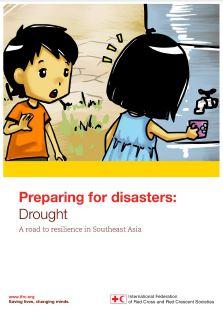Huracanes: Como construir una casa de madera más segura
La Cruz Roja capacita constructores en el uso de técnicas de resistencia a huracanes para la construcción de casas de madera más seguras para una vida mejor.
Huracanes: Como construir una casa de madera más segura Read More »

